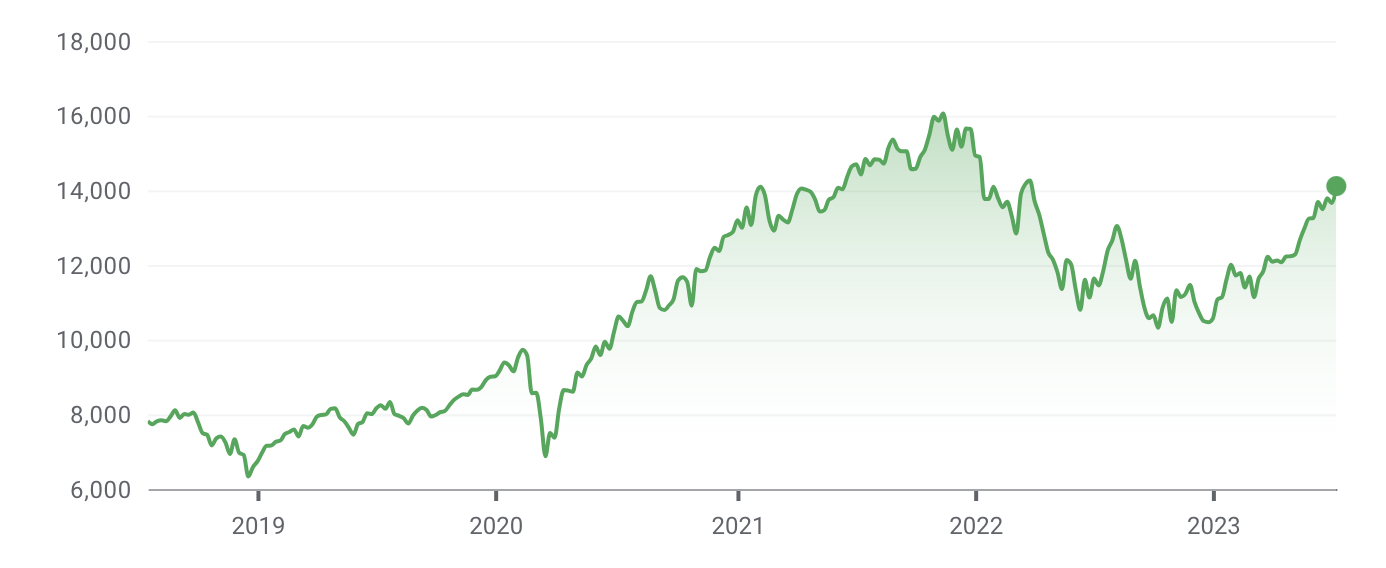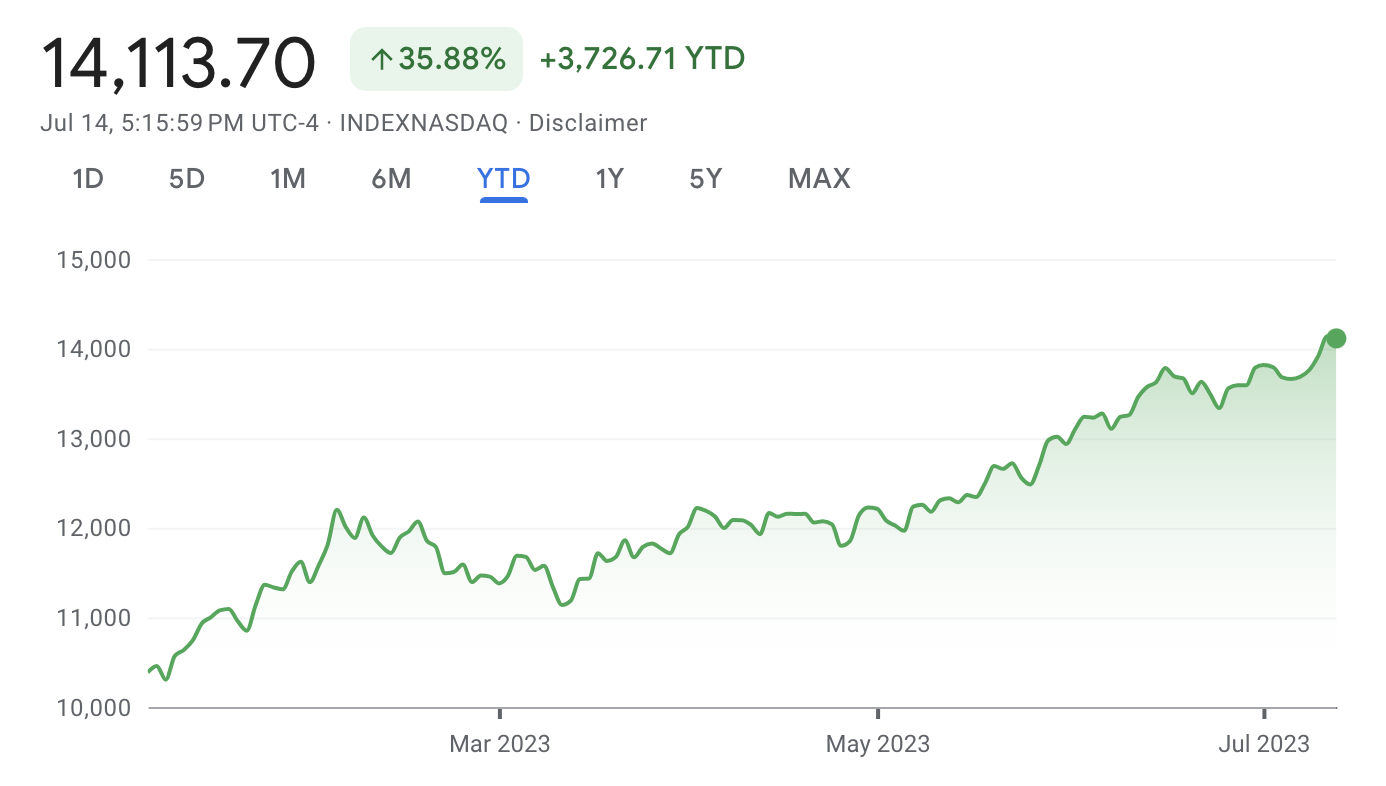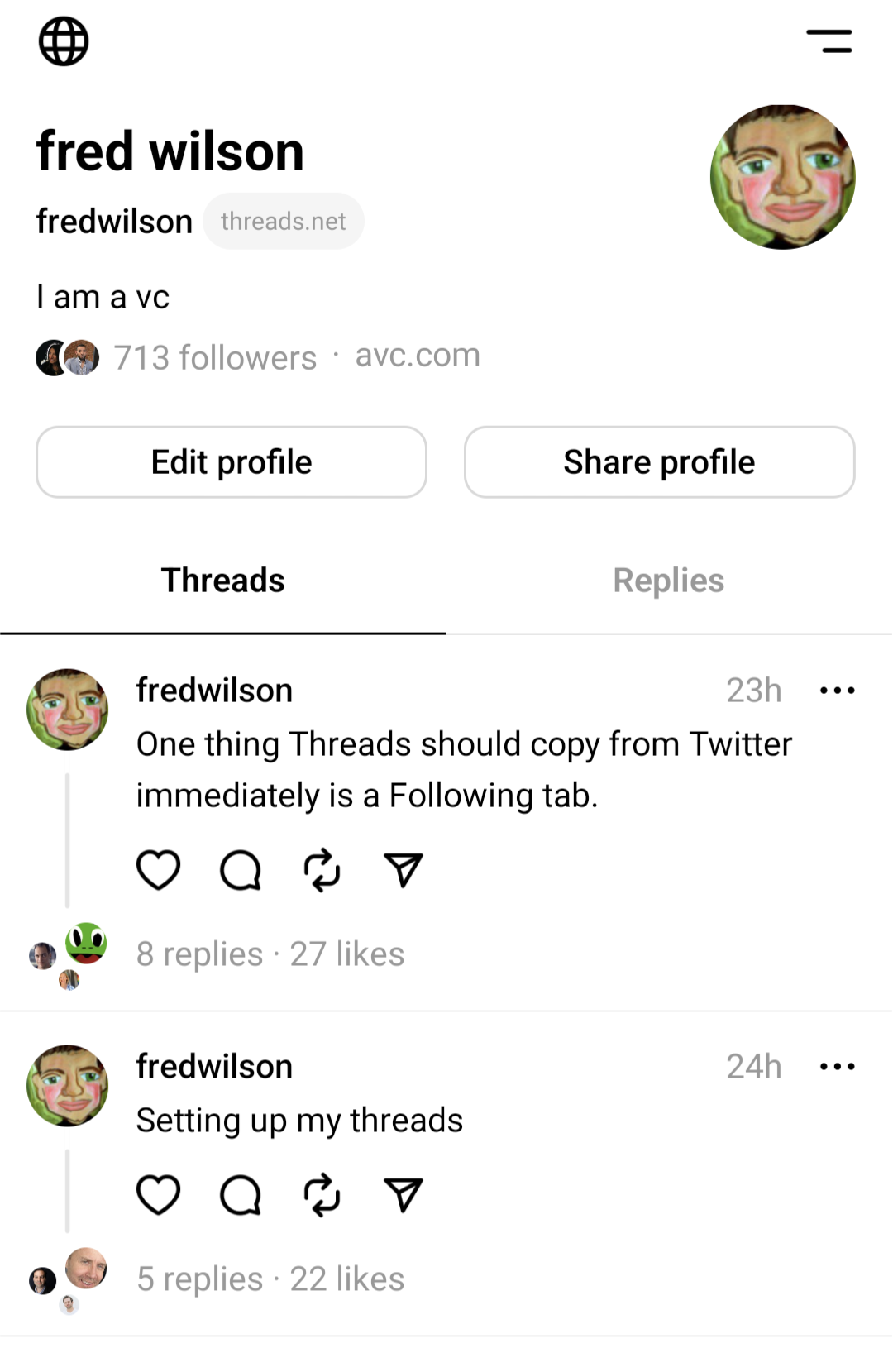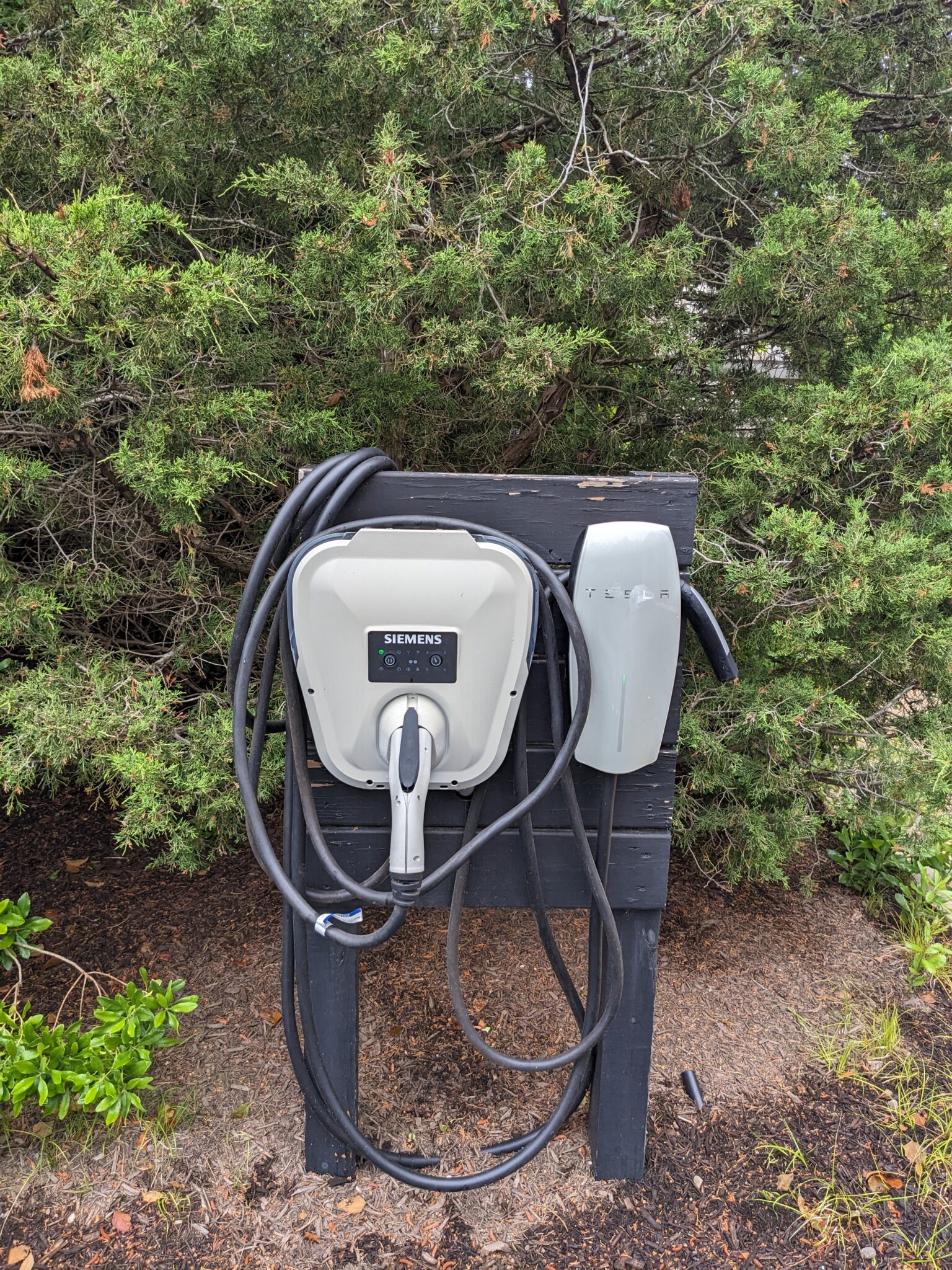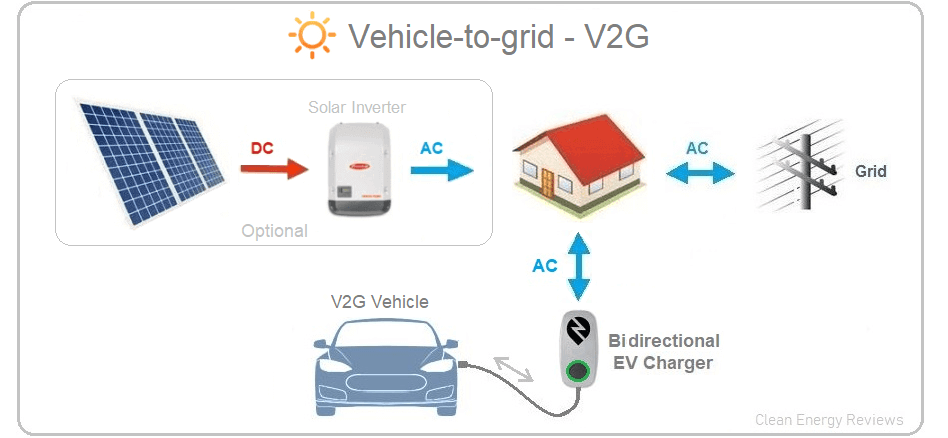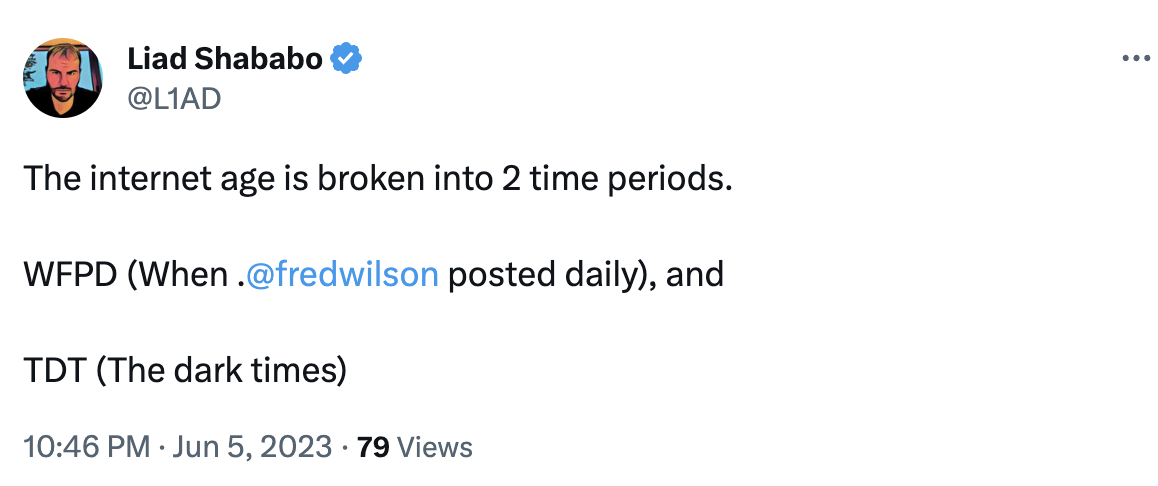The New York Tech Sector
The New York Times had a piece yesterday suggesting that tech will no longer be a growth engine for NYC and the surrounding metro area as it has been for the last twenty years. I am not going to link to the piece because it is behind a paywall but if you want to read it, you can google “Tech Firms Once Powered New York’s Economy. Now They’re Scaling Back.” I talked to one of the reporters who worked on the piece and told him that their angle was incorrect. But when a publication has their mind made up on the angle, there isn’t much you can do to convince them otherwise.
If you take a real estate angle, which is how the New York Times approached the story, it is true that technology companies, large and small, are cutting back on their space needs. But that is more a reflection of the era of remote/hybrid workforces than anything else.
Here is what I told the reporter working on the story:
1/ Office leases to tech companies are down. The tech sector has embraced remote and hybrid workforces and their office space needs reflect that.
2/ Rank and file tech workers in NYC are roughly flat as many workers have left the NYC metro area but just as many have come here from other locations.
3/ Top talent in tech has massively increased in NYC since the pandemic as people with in-demand skills can now work anywhere and don’t have to be in the Bay Area anymore. There are significantly more USV portfolio company leaders in NYC today than there were before the pandemic.
I saw a headline the other day that said that more than half of the top 50 AI companies are in the Bay Area and another 10% are in NYC and nowhere else has a significant number of them. So in many ways, not much has changed with respect to the centers of gravity of the technology sectors.
Technology is the growth sector of this century and new sectors like AI, renewable energy, web3, etc will power the economies of many regions around the world. NYC will be a significant beneficiary of this, as it has been for the last twenty years.
The idea that the tech sector will not be a growth engine for NYC anymore is laughable. But that won’t stop people from suggesting otherwise.
